This Head’s Journal entry is written by Mrs Jill Pargeter, our Assistant Headteacher with responsibility for Pupil Wellbeing and our Designated Safeguarding Lead, and outlines our consistent practical and pragmatic approach to Anti-bullying.
This week, Cransley school is observing Anti-Bullying Week 2025 as we do every year.
We believe that tackling bullying effectively requires a partnership between home and school, and we want to share the key concepts we discuss regularly and frequently with our pupils.
Defining Bullying
To effectively address bullying, it is vital that we all use a common definition. The Anti-Bullying Alliance (ABA) defines bullying as: "The repetitive, intentional hurting of one person or group by another person or group, where the relationship involves an imbalance of power".
The are several critical elements of this behaviour:
• It must be repetitive.
• It must be intentional.
• It must be hurtful.
• It must involve an imbalance of power.
Furthermore, bullying can take many forms: it can be physical, verbal, or psychological, and importantly, it can happen face-to-face or online.
Historically, when incidents occurred, the traditional focus of behaviour management was on the two individuals involved—the "Victim" and the "Bully"—with the goal being to find out what happened and sort it out.
However, our current approach, as discussed with pupils, reframes bullying as a group behaviour. This model acknowledges that many individuals contribute to or enable bullying behaviour, not just the two primary participants.
The Roles in Group Bullying Dynamics
We have used this group dynamic model to help pupils understand their own potential influence on social situations. The roles involved in bullying behaviour include:
1. The Target: This is the person who is being bullied, or the person at whom the bullying is aimed.
2. The Ringleader (Bully): This individual is responsible for starting and leading the bullying, though they are not always the person 'doing' the bullying themselves.
3. Assistant(s): These are pupils who become actively involved in 'doing' the bullying.
4. Reinforcer(s): These individuals support bullying. This support might be subtle, such as laughing or encouraging other people to 'collude' with what is going on.
5. Outsider(s): Outsiders are those who ignore any bullying and simply do not want to get involved.
6. Defender(s): Defenders are key to breaking the cycle of bullying. They are pupils who stand up for someone being bullied because they know the behaviour is wrong. A Defender feels confident enough to do something about the situation, and this crucial step might involve reporting the problem to someone trusted, ie. talking to an adult in school.
Working Together
By identifying these different roles, we empower pupils to recognise how their own actions and inactions can either reinforce negative behaviour or, crucially, enable them to step forward as a Defender.
Our approach is to facilitate pupils in developing the skills and foresight to identify when negative actions are taking place and act early, and individually have the strength of character to call out poor conduct as not being acceptable.
We recognise that restorative practice systems are vital, when correctly timed and with the willing participation of the group, to ensure that we recognise mistakes, understand the hurt that has been caused and restore or nurture relationships as newly positioned Defenders.
It is also recognised by the school that invariably the Ringleader as well as the others within the group, as well as the Target, require careful pastoral support. Such behaviours are indicative of underlying contributing issues - often a lack of self confidence, or learned and replicated behaviours observed in others - and it is important that we isolate the reasons for such choices.
The child - remember, they are still children - and the family then have a choice: we will endeavour to support and educate, but only if the child and the family have accepted the need to change the behaviour.
We encourage you to discuss these concepts with your child at home and reinforce Cransley school's commitment to preventing all forms of repetitive, intentional, and hurtful behaviour. If your child is concerned about bullying, whether they are the Target, a Defender, or an Outsider, or even if they, or you, recognise themselves as a Ringleader, please ensure they know to speak to a trusted adult at home or in school.
Our united effort is the most powerful tool we have in ensuring a safe environment for all pupils.
Mrs Jill Pargeter
AHT Wellbeing and DSL
